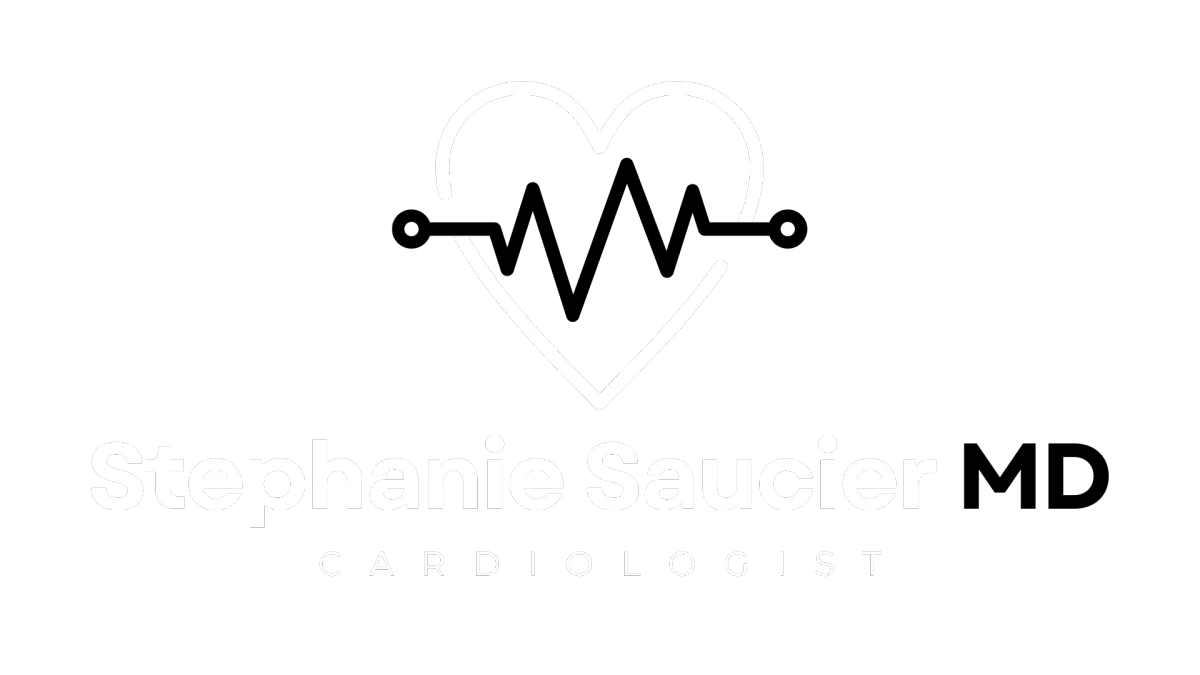Heart Attack Basics
Essential Insights for a Healthy Heart
Introduction
Heart attacks are a serious medical condition, and understanding them can help save lives. Here's an easy-to-understand guide to help you learn more about heart attacks, their signs, diagnosis, treatment, and prevention.
What is a Heart Attack?
A heart attack occurs when a blockage in one of the coronary arteries or its branches stops blood flow to the heart muscle. This blockage is often caused by a plaque rupture, which leads to the formation of a blood clot.
Common Signs and Symptoms
Heart attack symptoms can vary, but here are some common ones to watch out for:
- Chest Pain: Usually on the left side of the chest.
- Pain Radiation: Pain can spread to the arm, neck, or jaw.
- Sweating: Known as diaphoresis.
- Shortness of Breath: Difficulty breathing.
- Fatigue: Feeling extremely tired.
- Nausea or Vomiting: Feeling sick or actually vomiting.
If you experience these symptoms, seek medical attention immediately.
How Are Heart Attacks Diagnosed?
There are three main ways to diagnose a heart attack:
1. Electrocardiogram (ECG or EKG): This test involves placing electrodes on the chest to measure the heart's electrical activity. It helps detect an acute heart attack in real time.
2. Troponin Blood Test: Troponin is a biomarker found in the blood. Elevated levels indicate heart muscle injury, which is a sign of a heart attack.
3. Angiogram (Left Heart Catheterization): This is an invasive procedure where doctors look at the coronary arteries to see if there's a blockage. This test provides a definitive diagnosis.
Treatment Options for Heart Attacks
Time is muscle – the quicker you get treatment, the better the outcome. Common treatments include:
1. Stents: These are small tubes inserted into the blocked artery to keep it open and allow blood to flow freely.
2. Coronary Bypass Surgery (CABG): In this surgery, blood flow is rerouted around the blockage using a blood vessel from another part of the body.
3. Medical Therapy: For some patients, especially older individuals or those with other medical conditions, medications may be used to manage heart attacks.
Preventing Heart Attacks
Good news! 80% of heart disease is preventable. Here are some strategies to help prevent a heart attack:
- Control Cholesterol: Keep your cholesterol levels in check.
- Manage Blood Pressure: Ensure your blood pressure is within a healthy range.
- Avoid Smoking: Quit smoking and avoid using e-cigarettes.
- Exercise Regularly: Stay active and exercise daily.
- Eat Healthily: Maintain a balanced diet.
- Control Diabetes: Manage your diabetes effectively if you have it.
Want to Learn More?
For more information on heart health and how to keep your heart in great shape, download our free heart health guide from the link below and subscribe to our channel for more health tips and updates.
Stay informed, stay healthy, and take care of your heart!
Free Heart Health Guide:
Simplify Your Health


